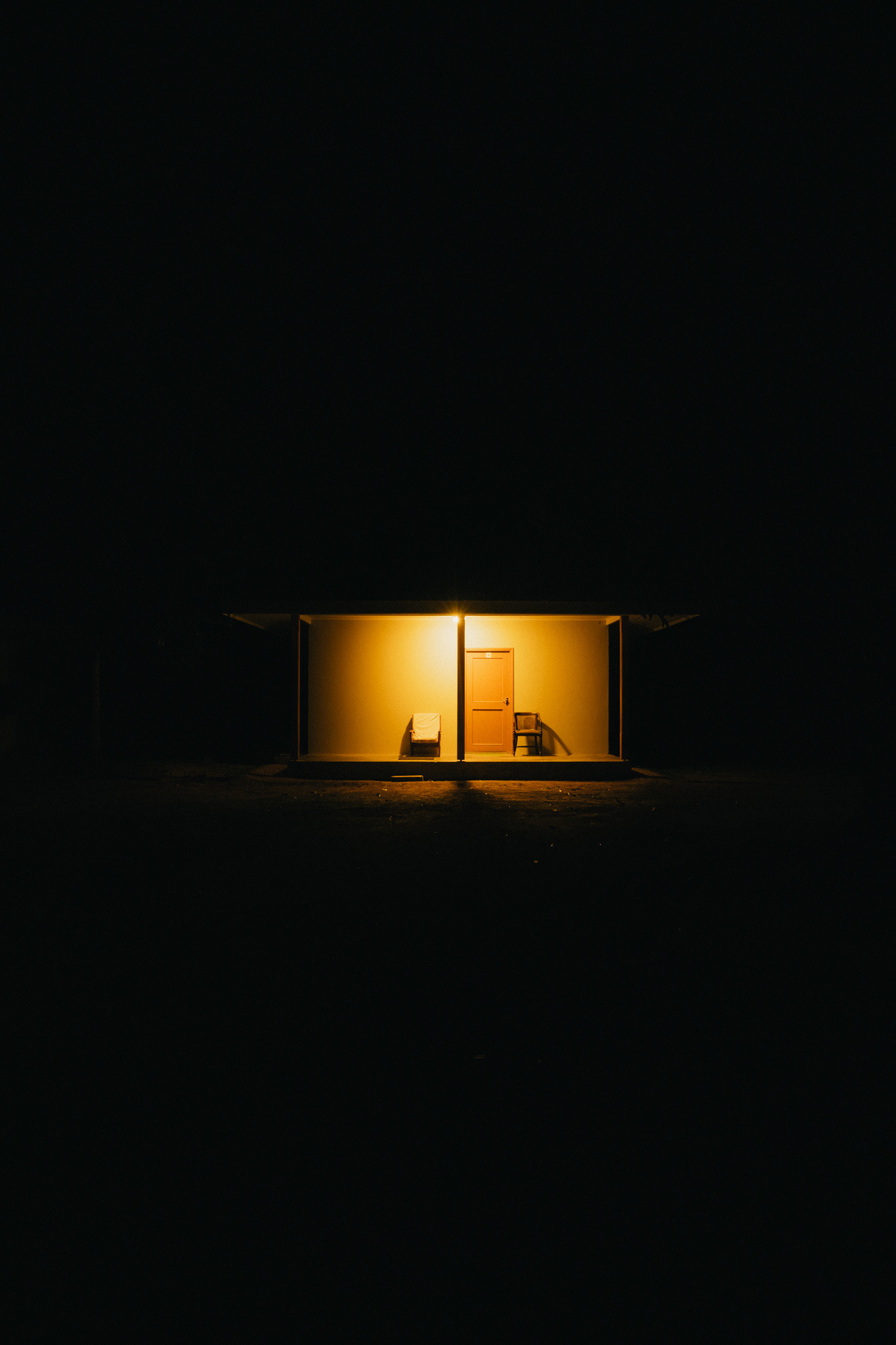2022
The wildest corners of Silhouette island can only be reached on a dinghy — quite an adventurous journey at the mercy of waves so high it will eventually half sink in shin-deep water, ITS passengers fighting for the life of any permeable belongings
Silhouette, the third largest granitic island in Seychelles, is home to one of the richest biodiversity points in the western Indian Ocean with many endemic and threatened plant and animal species. 93% of the landmass of the island is a protected natural park, dominated by Mont Dauban, the steep slopes of which have prevented significant development and population spread. The vast majority of the 150 inhabitants live concentrated in the small pier of La Passe, except an elderly local couple who have deliberately embraced a zero-footprint life of isolation on the secluded Grand Barbe.
Accessible only by a dinghy during low tide, their bay is a haven where time seems to stand still. Surrounded by century-old tortoises, they share the beach with occasional visits from sea turtles coming to lay their eggs undisturbed and a colony of critically endangered sheath-tailed bats. Nasreen Khan, from the Island Conservation Society, visits Grand Barbe frequently in the rain season, to monitor turtle nests as well as the state of the coral reef and other endemic species.
Accessible only by a dinghy during low tide, their bay is a haven where time seems to stand still. Surrounded by century-old tortoises, they share the beach with occasional visits from sea turtles coming to lay their eggs undisturbed and a colony of critically endangered sheath-tailed bats. Nasreen Khan, from the Island Conservation Society, visits Grand Barbe frequently in the rain season, to monitor turtle nests as well as the state of the coral reef and other endemic species.
Approaching Silhouette island, accessible only via a private shuttle service from Mahé reserved for guests staying at the island’s limited accommodations, residents and workers.
A specimen of the sheath-tailed bat (Coleura seychellensis) flies over the jungle; it's one of the world’s rarest bats, with its last known major roosts found on Silhouette Island. Once widespread across the Seychelles, habitat loss and invasive species have pushed this unique insect-eating bat to the brink of extinction.
Local couple Monsieur Abdullah and his wife Elvi by their cabin on the secluded beach of Grand Barbe, only accessible with a dinghy during low tide or a long hike through the thick virgin jungle.
Monsieur Abdullah catching octopuses by the shore on low tide.
Monsieur Abdullah and Elvi base their diet on their catches as well as vegetables and fruit grown on the island.
Conservationists Nasreen and Vanessa from ICS Seychelles conducting beach patrols to locate turtle nests during nesting season.


Left: a cabin in the small village of La Passe at night. Minimal artificial lighting is allowed on the island after dusk to help protecting wildlife.
Right: the night sky on Silhouette island.
